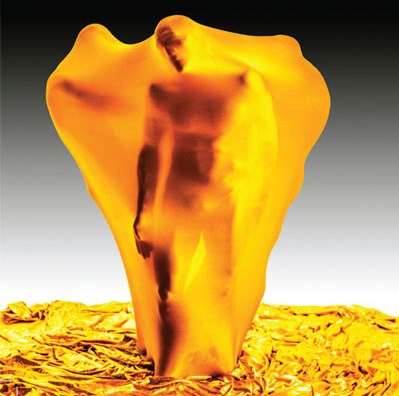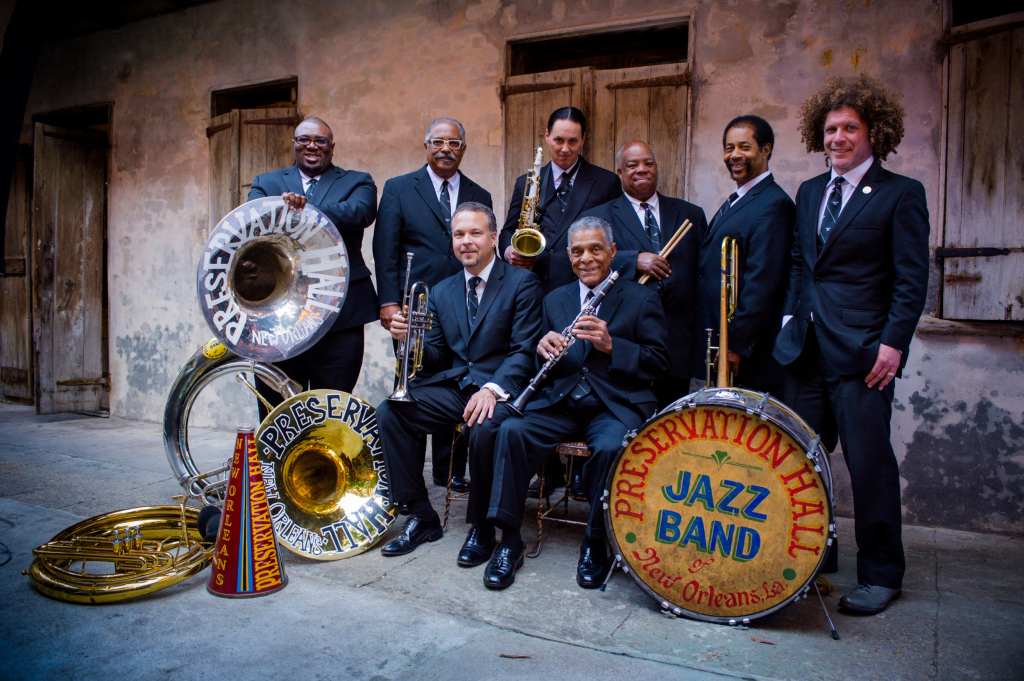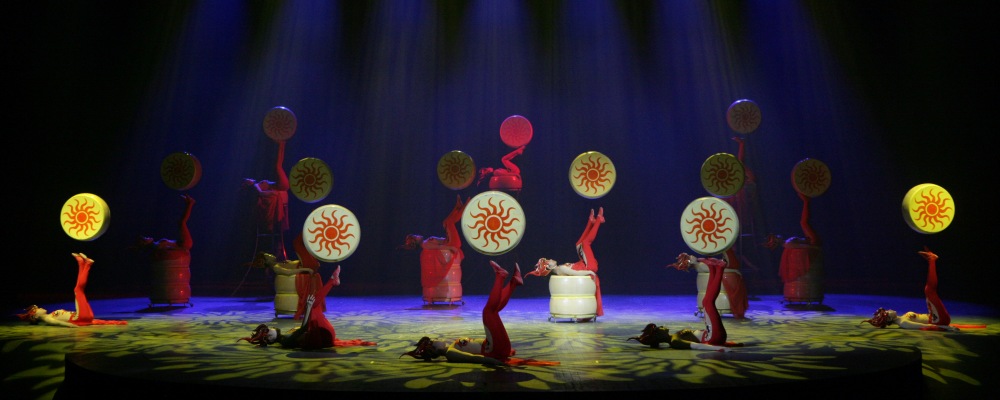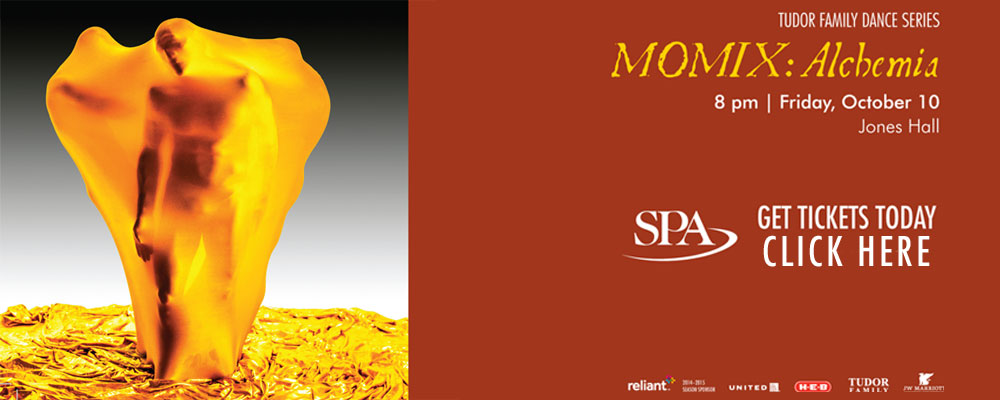Society for the Performing Arts –The Houston Critic Reviews
This is The Houston Critic’s Page for The Houston Society of The Performing Arts, which presents, Dance, Theater, Music, and, basically all the performing arts. We arrange the page to show reviews from ongoing or the most recent events produced by The Society for The Performing Arts. We also leave older reviews up as an educational archive of what The Society has presented. Call 713.227.4772.
NEXT OPENING DAY DECEMBER 5, 2104
Sedaris
By Yuri Morse
November 8, 2014 Mr. David Sedaris delivered a rich experience. Though it was not what I was anticipating, even after taking a preview of him online, Mr. Sedaris had much to share. He spoke a lot about his upbringing and married life, truly sharing his heart and mind, in a very socio-political way.
Together Mr. Sedaris and the audience really generated a certain atmosphere. It felt like listening to a private confession at times and a cocktail party at others. I would frame his crowd as, upper class “progressives”, or even liberals. The audience, while definitely familiar with the performer and his writing. had a very cautious, almost poignant tone about them. My friend and I said “This crowd is so left, they’re right!”. It was as if they were afraid to laugh openly at times out of fear of judgement from their peers.
I even succumbed to doubt at some moments out of basic self consciousness. The crowd didn’t have a problem with anything lewd in particular, in fact those moments Mr. Sedaris did a good job of helping everyone lighten up! It’s just that there were moments when most of the crowd didn’t seem to know if they could laugh, maybe because we considered ourselves “the privileged” and didn’t want to be pretentious AND ignorant. There was much serious context presented by Mr. Sedaris’s private journal entries, and selected writings, that really told a story of personal relationships between family, spouse and other. Then Mr. Sedaris would share his vulnerability and his heart for tales of unfortunate circumstances and moments of insignificance or apathy.
Summed up, Mr. Sedaris is a patron of the people, their heritage and arts, while not being separate from the people, or the arts themselves.
I only got to the Second Half!!
November 7, 2104 (I only got to the Second Half!!) Back in the days when popular hard rock shows featured ‘walls of sound’, not just as an engineering idea, but as a stage filled with speakers from top to bottom, side to side with a little hole for the bands in the middle, I had the opportunity to see Ray Charles at Carnegie Hall and to be amazed that he only had mountains of speakers but could still fill the room. Now, with sound arrays and amplitude diminishment, I still found myself amazed by how little there was on the stage for the Senegal St. Joseph Gospel Choir. A four octave plastic keyboard was on a music stand in the center to get key tone. Three drums and three spares were on a side elevation for the three drummers. Some hand claves and sound makers and bare feet for extra rhythm from the singer/dancers and that was pretty well it. Oh, and those voices reaching for Heaven in such heart-wrenching ways. Anyone who missed this show missed truth: gospel notions and folk truth. The complex rhythmic structures of the beat made the show no less virtuoso than other show at Jones Hall, but it was folk music, but my definition, at least. To me, folk music is music made by and capable of being made by ‘normal’ folk. No multi-million dollar pipe organ enhanced the music of these voices. No prohibitively expensive Japanese or American electronics made the essence of the sound. This was music that we could practice and made. These were instruments we could fashion from tubes of air and battering surfaces. These were feet we could use to make barefoot dance sounds. This was mind-blowing, inspirational, and just plain good. I didn’t need to understand the words. The ‘wrestling’ song reminded me of a Stanislovsky story, where he had put on the stage a real farmer woman to add authenticity to the scene. When she made faces they were so real that the audience and actors became frightened by the true ‘naturalism’ of her acting. When the dancing woman, inviting a man to a wrestling contest made a cutting gesture like she was saying she would slit his throat, I felt a tingle of fear at the possibility I was seeing a very specific, very informed, very real movement of her finger as knife. “Oh, my gosh,” I thought to myself, “This woman has really cut a throat, for food or for war or at least she was taught where and how to cut…. For real”. Maybe the rest of the show was a little less real than that, but not by very, very much.
Honestly, not a great show! I was bummed.
By RW
November 5, 2014 — I would like to start out by stating that I am a huge Joshua Bell fan, and I have seen him perform live three times now and own a number of his recording. My favorite was last years’ fiery, amazing, show stopping performance of Tchaikovsky’s Violin Concerto. This year the show was definitely good, but not memorable and certainly not up to par with what I’d expect from Mr. Bell.
For starting, Joshua Bell is crazy talented. There is no question that he maneuvered the ranks of child prodigies and established himself as a bonafide virtuoso in adulthood, but in this round of performances I really question both his musical choices and the decision to tour solely with a piano accompaniment- albeit a good one.
The opening piece, quiet honestly, was a bore. Schubert’s Sonata in A Major for Violin and Piano, I imagine, was not chosen to wow anyone but the stuffy white haired philanthropists who fund the classical music scene in Houston. Of course it was beautifully played, but it was also beautifully boring. There is a nice rapport between violin and piano, played by the dashing (or so my friend thought) Alessio Bax, but it wasn’t enough to carry the piece.
Following Schubert was the slightly more exciting Sonata Number One by Edvard Grieg. Grieg can be great and is typically lyrical and romantic, but for the most part I reconciled it in my memory into a smear of “ok” that blended all too well with the Schubert. At times, I felt like I was a recital, and not a performance by a world class musician. Although I cannot deny the chemistry between Bax and Bell, the music is just not doing either of them justice.
After the intermission, the real fun begins. It’s Sergei Prokofiev’s Sonata Number One, a piece I am quite familiar with. Going into this, I was interested to hear Bell’s interpretation – from my past experiences he is very flourish-y, but definitely has the chops to back it up. I was not disappointed. Bax and Bell drive it home. The piece is precarious, sometimes soft like snow falling on snow at night, sometimes succinct and adept like a stiletto heel on pavement. Bell is utterly masterful, and Bax does more than keep up.
The encore was likewise fantastic. They placed Rachmaninoff’s Vocalise and De Sarasate’s Introduction and Tarantella. The Vocalise was saccharine, emotional and sweet, but the tarantella is where it was at. Finally! After a night of ham sandwiches and water we delivered a most succulent dessert. Why did we have to sit through the first half of the show to begin with?
In summary, I look forward to seeing Joshua Bell perform again. I just hope that he raises his bar for musical choices.
Rafal Blechacz
By RW
October 17th, 2014 —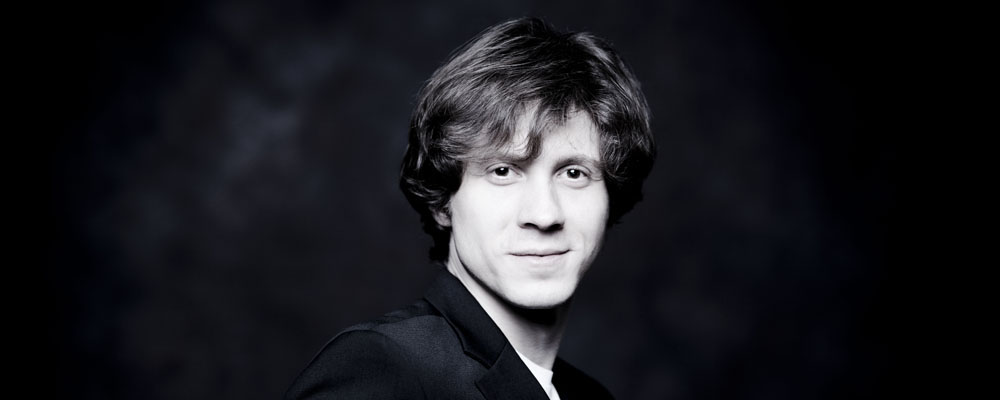 Rafal Blechacz is a tall, thin gentleman with a full head of wispy light brown hair. You could easily imagine his seemingly quiet demeanor in any academic setting, although it soon becomes readily apparent that his home at the piano. It is hard to write about decent pianists, because they all sound very similar: mechanically interpreting the music in an obvious, robust fashion. It is easy to write about Mr. Blechacz because he much better than decent.
Rafal Blechacz is a tall, thin gentleman with a full head of wispy light brown hair. You could easily imagine his seemingly quiet demeanor in any academic setting, although it soon becomes readily apparent that his home at the piano. It is hard to write about decent pianists, because they all sound very similar: mechanically interpreting the music in an obvious, robust fashion. It is easy to write about Mr. Blechacz because he much better than decent.
The opening piece, J.S. Bach’s Concerto in the Italian Taste, was very tasteful indeed. From the little I know about J.S. Bach, he valued precision, complex cord progressions and groups of smaller musicals questions that culminated in a satisfying resolution. Blechacz played out these sequences with precise fingering and quiet interpretation. He does not belabor the listener with a new, forced version of Bach, but nor did he bore us with a robotic delivery. It is a showy piece with multiple voices intertwining and resolving, and Blechacz is just warming us up.
The second piece, the very popular Pathetique by Beethoven, almost sounded like the antithesis to Bach: dynamic, passionate and even a little volatile. Perhaps Blechacz chose to play these two pieces back to back to illustrate his interpretive range, because at that point he sounded like a completely different pianist. I am familiar with other interpretations of the Pathetique, all very good, but Blechacz plays it differently. He manages to coax a subtle, even quiet voice from Beethoven (especially in the last movement) that is unexpected and pleasant. Where other pianists celebrate this piece by standing and hammering at the keys, tossing their heads and swaying with abandon throughout, Rafal Blechacz remains seated and intent, channelling the intensity of Beethoven’s voice into a focused climax where he finally lets loose and delivers a wave of music that even my friend, not a classical music fan, found himself moved and entranced.
After a brief intermission we got to hear what we really came here for – Rafal Blechacz playing Chopin. The great thing about Chopin, as opposed to Beethoven and Bach, is that subtly is key in the interpretation. Where Bach is multiple and methodical, Beethoven singular and passionate, Chopin, can be anywhere in between. To play Chopin well, you have to learn patience, timing, in addition to the obligatory impeccable technique.
The Three Waltzes were fun, spritely and well played. I had an excellent view of Blechacz’s hands and they whirred over the keyboard, coaxing out the quick intricate melodies. The Three Mazurkas, also lively and written in triple time were equally good.
What was not good was the Polonaise, it was spectacular. The opening of the finale was, like the Beethoven, written to be melodramatic but played with a subtle restraint that built through the piece. Blechacz keeps the audience engaged because he assumes (correctly in my case) that we are already familiar with the piece. He is not ready to give us what we expect until the very end, when he blows our socks off with a moving finale. The piece is complex, and I imagine that most pianists are not in the convolution progressions, and likewise lose their audience. From note one to the end, Blechacz is clear and amazing. Chopin is mastered and everyone leaves refreshed if not a little awed.
For someone who knows how to color a piece of music like Blechacz, subtly is important. I am looking forward to his future trips to Houston and watching him grow and mature even more into his art.
Chinese Acrobats
by RW
October 11, 2014
The beginning of evening was slightly irritating, which may come as a surprise considering the immense enjoyment derived from the performance itself. The sponsoring host for the Chinese acrobats, the Houston Society for Performing Arts, decided that it would attempt to break the standing world record for the most plates spinning in one place at one time. If you’re not savvy to the world of acrobats, plate spinning is balancing a plate on a long rod by, you guessed it, spinning the plate. Accomplished acrobats can spin multiple plates in each hand on long thin rods at least two to three feet long. Our audience that evening were given curved, light plastic “plates” with a short rod no longer than a foot and half.
The idea was well meant, but due to multiple other events in the area the Houston Society of Performing Arts requested that we arrive an hour early so that we could sit on our hands and wait for enough people to show up, which lasted approximately the entire hour. Sitting around and waiting for an event is not a great way to get an audience riled up for a performance, even if you do discover that, to your delight, single plate spinning is deceptively easy.
But enough with the negativity! The performance itself was utterly delightful, and I mean delightful in the truest usage of the word. The various acts, of which there were many, ranged from tumbling, juggling, contortion and a chair balancing act that left me both breathless and queasy. I imagine that in the world of acrobats there are two primary types – those who are good and those who spend a lot of time in the hospital.
There were a few acts that I think deserve notable mention: the girls on unicycles with bowls, the baby lions act and the balancing chair act.
The girls on (very tall) unicycles were amazing, demure and incredible. White simultaneously balancing a tall stack of bowls on their heads, they danced and cavorted around the stage on their unicycles, every once in a while flipping a bowl onto a counterpart’s head with their feet. Yes, with their feet. Yes, they tossed bowls with their adorably silk clad feet and caught them in the stack already on their hands. While dancing on unicycles. I couldn’t blink for fear of missing something.
The baby lions act was comprised of a group of adorably clad children acrobats who exhibited more poise and balance at around 8 to 10 years of age than I have all my life. They were essentially stuffed animals doing backflips, handstands and tumbling – and doing them all very, very well. The “awwww….” factor was in high effect here.
The most striking act of the evening, due to sheer daring and bravado was a solo female who stacked, then climbed a mountain of chairs in a sparkly suit that looked like she was scantly clad in snowflakes. One by one, she would receive a chair from an assistant, sometimes on the tip of a very tall pole, and place it higher and higher until she had to buckle herself into a safety harness at the top, probably due to safety regulations in the US. My friend and I were on pins and needles for the entire act, and towards the end, when she balanced on a single hand on top of 15 chairs (high enough enough to almost reach the top of the stage) I forgot to breath. Did I mention that some of the chairs were set on each other at an angle? Yeah, it was that good.
Despite the rocky start, the evening was a delight and very entertaining. Suitable to awe all ages, I look forward to seeing this company again in the years to come.
Am I Asking Too Much?
October 10, 2014 — I see, with the state of the art of technical theater, that one can put pretty well anything on the stage these days. Momix’s Alchemia was a collection of movements and visuals to a very high degree of artistry and sophistication. I try to remember how difficult to accomplish even some of the simple illusions/movements are for the dancer illusionist. After seeing David Parson’s strobe jumping I told him I thought it was a great effect. He said something like ‘but what about the choreography, the way I moved my troupe around, the interaction of the movements? That’s the hard stuff. The tricks are easy once you figure out what you want to do’. I tried to appreciate the choreography of the dancers and saw a lot of individual impulse, maybe refined improvisation, as I looked for the vision and hand of the choreographer. So much body and movement talent displayed in service of these dances, these illusions and yet I wonder if ANYTHING can be up there, why more of it didn’t BLOW my mind like the mirrors or the floating screens or even the blueish ultraviolet balls? The downlight gobos were great but were they exactly right for the movements, were the dots moving at the right speed, were there enough of them, was the dim-lit stage lit well enough or could the illusions have survived a little more illumination? Why did I see the black blobs moving on and off stage? That made me look to see the mechanics of the illusion and didn’t allow me to get lost in the flow of the show. Am I asking too much to have all of it blow me away? I’m not saying the show wasn’t great, something I’ll never forget, something I’ll try to imitate, but am I asking too much for it to have been longer, better. I wanted more. I wanted to be more lost in the alchemy.
Past Reviews October,2014 juggling May 16, 2014 May 9, 2014 April 26, 2014
